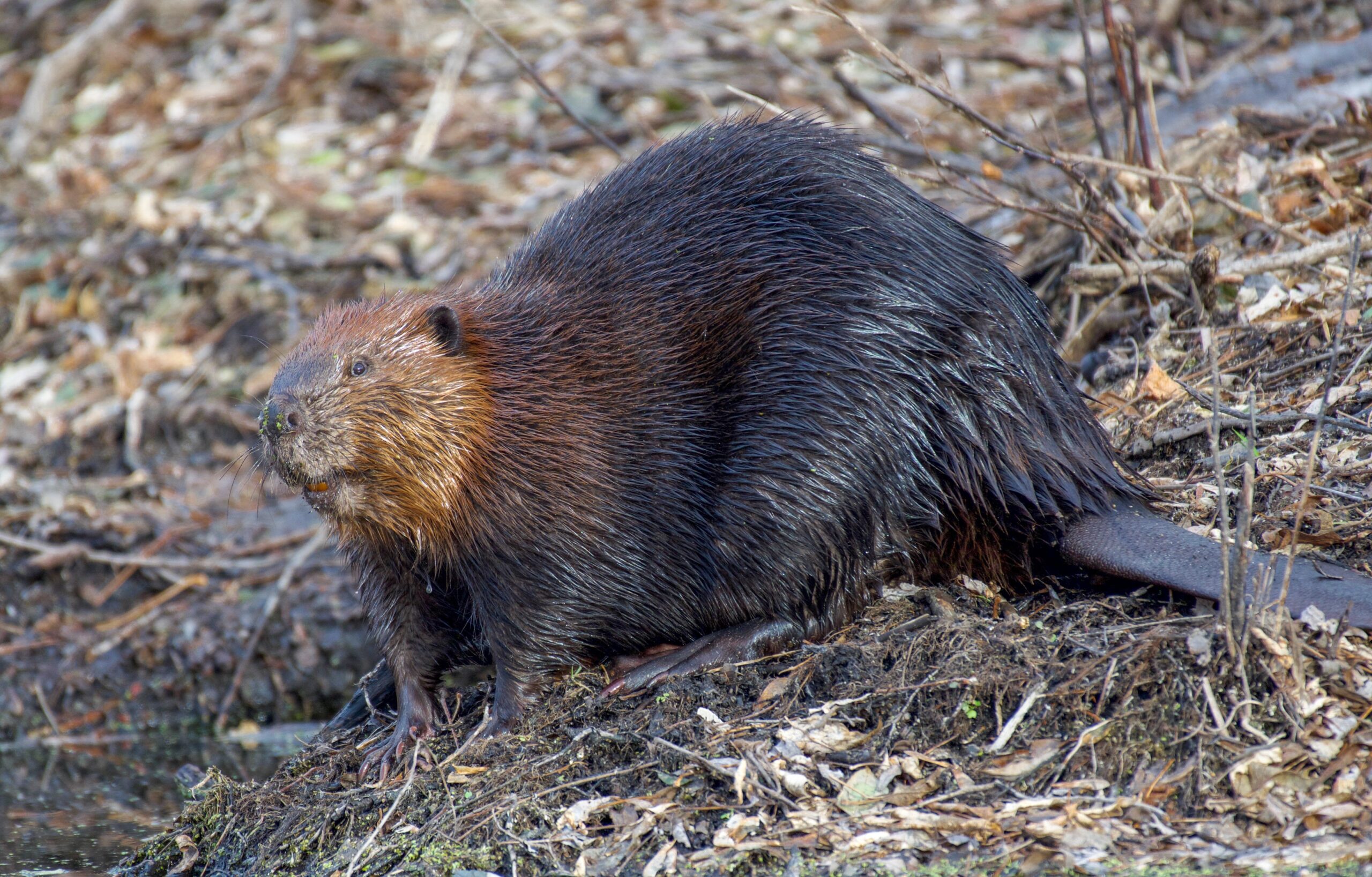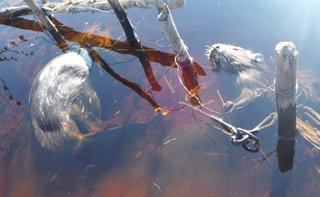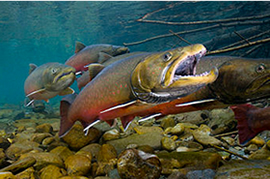
Montana Trapping and Its Toll
Menu

In Montana, for $28 a resident trapper can trap and kill as many beaver as they want, almost year round and not even report it!
The trapping season on beaver, classified as a furbearer, in Montana, runs 5 1/2 months for the Western part of the state, Nov 1 – April 15, trapping districts 1-3. For most of the state, the beaver trapping season is 9 months, Sept 1 – May 31, trapping districts 4-7. Beavers get a summer reprieve from trapping. Landowners can quickly and easily get a permit to trap beaver outside the recreatonal trapping season.
From roughly just the 1/3 of trappers who complete the Montana Fish Wildlife and Parks voluntary trapper survey, almost 6,000 beaver are reported trapped annually in Montana. In 3 recent recorded years, based just on the roughly 1/3 of trappers voluntarily reporting, 19,354 beaver were reported trapped and killed in Montana.
How many are actually trapped and killed is unknown. How many remain is anyone’s guess. No one speaks of the collateral damage either from trapping beavers.
Beavers live as a family group with the mated monogamous pair, their kits and yearling offspring. The offpsring remain for an extended period of time in order to learn the necessary dam building skills for their survival. The two year olds are then sent off to find and claim their own territory. Beavers mate between Jan – March. After a 3 1/2 month gestation, the single annual litter of 2 – 4 kits are born between mid April – mid June. The beaver trapping season, therefore, occurs during their pregnancy, birthing, and period of dependent young.
Trapping of beaver takes a toll far greater than the known number trapped and killed.
Trapping is contrary to the best available science and can have far reaching deleterious effects.
To give you a better idea, think for just a moment of the fires, their intensity, and the drought like conditions that fuel them that have impacted us all in Montana. Think too, of the climate crisis we are in. Remember, too, the most critical and limiting factor for wildlife, is habitat, suitable habitat. Consider then we have no quota on the number of beaver that can be killed and no reporting required of the most important species for water conservation, wetlands and wildlife habitat.
We know beaver are trapped overwhelmingly for fun, fur and profit but where does this fit into a science based management equation?
The average price in Montana in recent years for a beaver pelt is around $15. Their castor averages $3 an oz.
The pelts are used for items such as felt hats and nearly wiped out the beaver in the past. The castor or castoreum is a yellowish-brown substance with a strong penetrating odor which beavers secrete from castor sacs located above the vent area at the base of the tail. It is how beavers scent mark their territory. Beaver use the castor oil to waterproof their fur. Castor is used in the perfume industry and for trapping lure. It is rarely in the food industry anymore including as an artificial flavoring. That is an overblown myth. According to Fernelli’s Handbook of Flavor Ingredients, total annual national consumption of castoreum, castoreum extract, and castoreum liquid combined is only about 292 pounds, which works out to an average of less than a millionth of a pound per person in the U.S. Compare that figure with the approximately 20 million pounds of vanilla naturally harvested from real vanilla beans every year. Dependent on the time of year, it is generally believed, a trapped average size beaver will provide 1 oz of castor at best. Beaver meat is considered one of the most effective bait for trappers. It is reportedly formulated into many commercial and homemade baits.
The loss of gross revenue to trappers is small compared to the tens to hundreds of millions of dollars gained through late season water flows for water reservoirs, irrigation, animal browse, fire protections, tourism, wildlife habitat and fish.
Scientific findings are beaver dams are of fundamental importance to restoration and conservation efforts aimed at restoring dwindling native trout populations.

A new report by Trout Unlimited shows 3 species of native trout are now extinct while many other species of trout have vanished from large parts of their historic range. 4
The studies through the USFS refute the largely speculative concerns about beaver dams acting as migration barriers.
“Reintroducing beavers or promoting the beaver as a conservation species—instead of treating them as a nuisance—may provide a means to conserve and restore Brook Trout populations. If nonnative Brown Trout movement is indeed constrained by the presence of beaver dams, then beaver reintroduction may have the added advantage of shifting the competitive advantage back to native trout species.” 5
Beaver are worth far more alive than they are trapped and killed. The time is long overdue to protect the beaver!
- 4 State of the Trout [PDF]
- 5 State of the Trout [PDF]